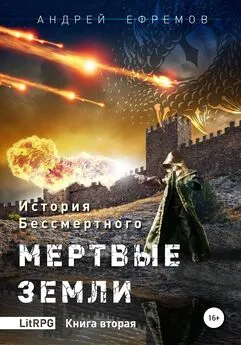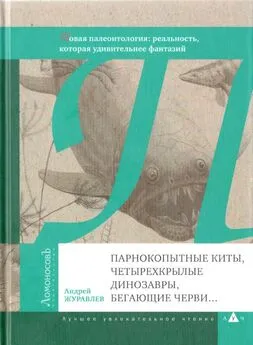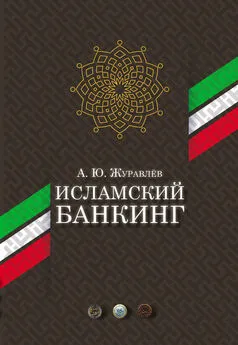Андрей Журавлёв - Сотворение Земли. Как живые организмы создали наш мир
- Название:Сотворение Земли. Как живые организмы создали наш мир
- Автор:
- Жанр:
- Издательство:Альпина нон-фикшн
- Год:2018
- Город:Москва
- ISBN:978-5-9614-5294-5
- Рейтинг:
- Избранное:Добавить в избранное
-
Отзывы:
-
Ваша оценка:
Андрей Журавлёв - Сотворение Земли. Как живые организмы создали наш мир краткое содержание
О том, как формировалась наша планета — такая, какой мы ее знаем, — книга Андрея Журавлева, палеонтолога, доктора биологических наук, профессора кафедры биологической эволюции биологического факультета МГУ.
Сотворение Земли. Как живые организмы создали наш мир - читать онлайн бесплатно ознакомительный отрывок
Интервал:
Закладка:
Stuart A. J. 2015. Late Quaternary megafaunal extinctions on the continents: a short review // Geological Journal , 50, 338–63.
Swan H. B., Jones G. B., Deschaseaux E. 2012. Dimethylsulfide, climate and coral reef ecosystems // Proceedings of the 12th International Coral Reef Symposium, Cairns, Australia, 9–13 July, 2012 , 5 pp.
Tappan H. 1986. Phytoplankton: Below the salt at the global table // Journal of Paleontology, 60, 545–54.
Thierstein H. R., Young J. R., eds. 2004. Coccolithophores: From Molecular Processes to Global Impact. Berlin; Heidelberg: Springer, 565 p.
Tipple B. J., Pagani M. 2007. The early origins of terrestrial C 4photosynthesis // Annual Review of Earth and Planetary Sciences , 35, 435–61.
Therrien F., Henderson D. M. 2007. My theropod is bigger than yours… Or not: Estimating body size from skull length in theropods // Journal of Vertebrate Paleontology , 27, 108–15.
Uchman A., Wetzel A. 2011. Deep-sea ichnology: The relationship between depositional environment and endobenthic organisms // Hüneke H., Mulder T., eds. Deep-Sea Sediments. Amsterdam: Elsevir. 517–56 ( Developments in Sedimentology , 63).
Vermeij G. J. 1987. Evolution and Escalation: An Ecological History of Life. Princeton, New Jersey: Princeton Univ. Press, 527 p.
Visscher H. et al. 2004. Environmental mutagenesis during the end-Permian ecological crisis // Proceedings of the National Academy of Sciences of the USA, 101, 12952–6.
Vivo de M., Carmignotto A. P. 2004. Holocene vegetation change and the mammal faunas of South America and Africa // Journal of Biogeography , 31, 943–57.
Vizcaíno S. F., Bargo M. S. 2014. Loss of ancient diversity of xenarthrans and the value of protecting extant armadillos, sloths and anteaters // Edentata , 15, 27–38.
Wang X. et al. 2017. Egg accumulation with 3D embryos provides insight into the life history of pterosaurs // Science , 358, 1197–1201.
Wang Y. et al. 2012. Jurassic mimicry between a hangingfly and a ginkgo from China // Proceedings of the National Academy of Sciences of the USA, 109, 20514–9.
Waters C. N., Zalasiewicz J. A., Williams M., Ellis M. A., Snelling A. M., eds. 2014. A Stratigraphical Basis for the Anthropocene. Bath: Geol. Soc., 321 p. ( Geological Society of London Special Publication , 395).
Wilkinson D. M., Nisbet E. G., Ruxton G. D. 2012. Could methane produced by sauropod dinosaurs have helped to drive Mesozoic climate warmth? // Current Biology , 22, R292–3.
Wood R. A. 1999. Reef Evolution. Oxford: Oxford Univ. Press, 414 p.
Wroe S. et al. 2003. An alternative method for predicting body mass: the case of the Pleistocene marsupial lion // Paleobiology , 29, 403–11.
Xu X. et al. 2014. An integrative approach to understanding bird origins // Science , 346 (6215), 1253293. DOI: 10.1126/science.1253293
Yuan Y. et al. 2014. Role of β/δ101 Gln in regulating the effect of temperature and allosteric effectors on oxygen affinity in woolly mammoth hemoglobin // Biochemistry, 52, 8888–97.
~ ~ ~
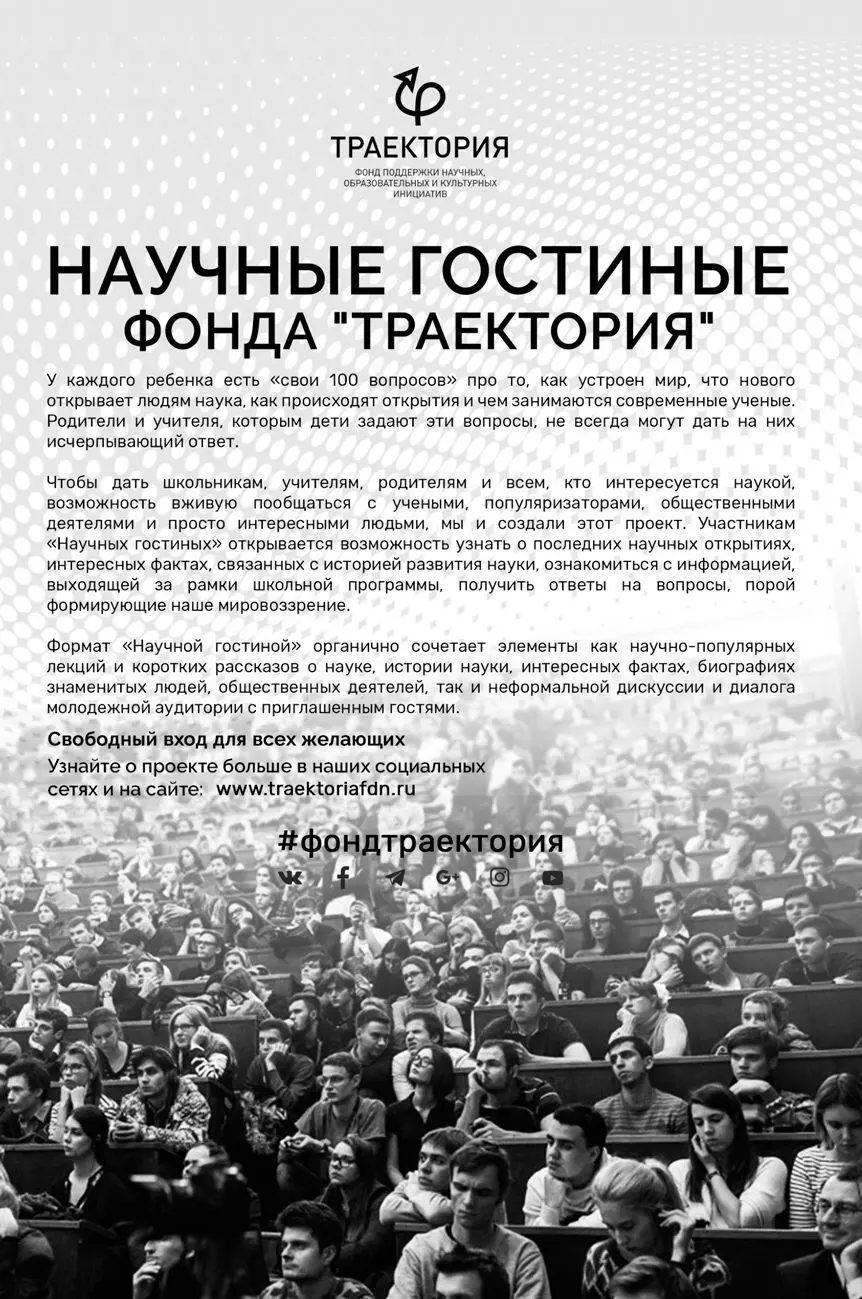
Интервал:
Закладка:



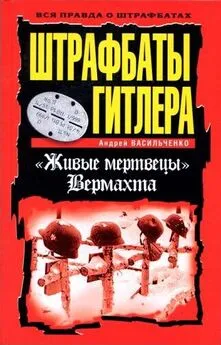
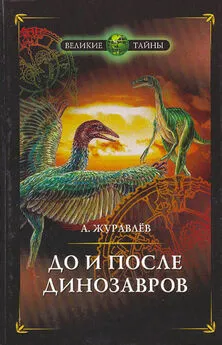

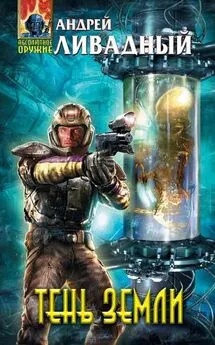
![Андрей Максимов - Самоубийство Земли [Повести и рассказы]](/books/1059571/andrej-maksimov-samoubijstvo-zemli-povesti-i-rass.webp)
